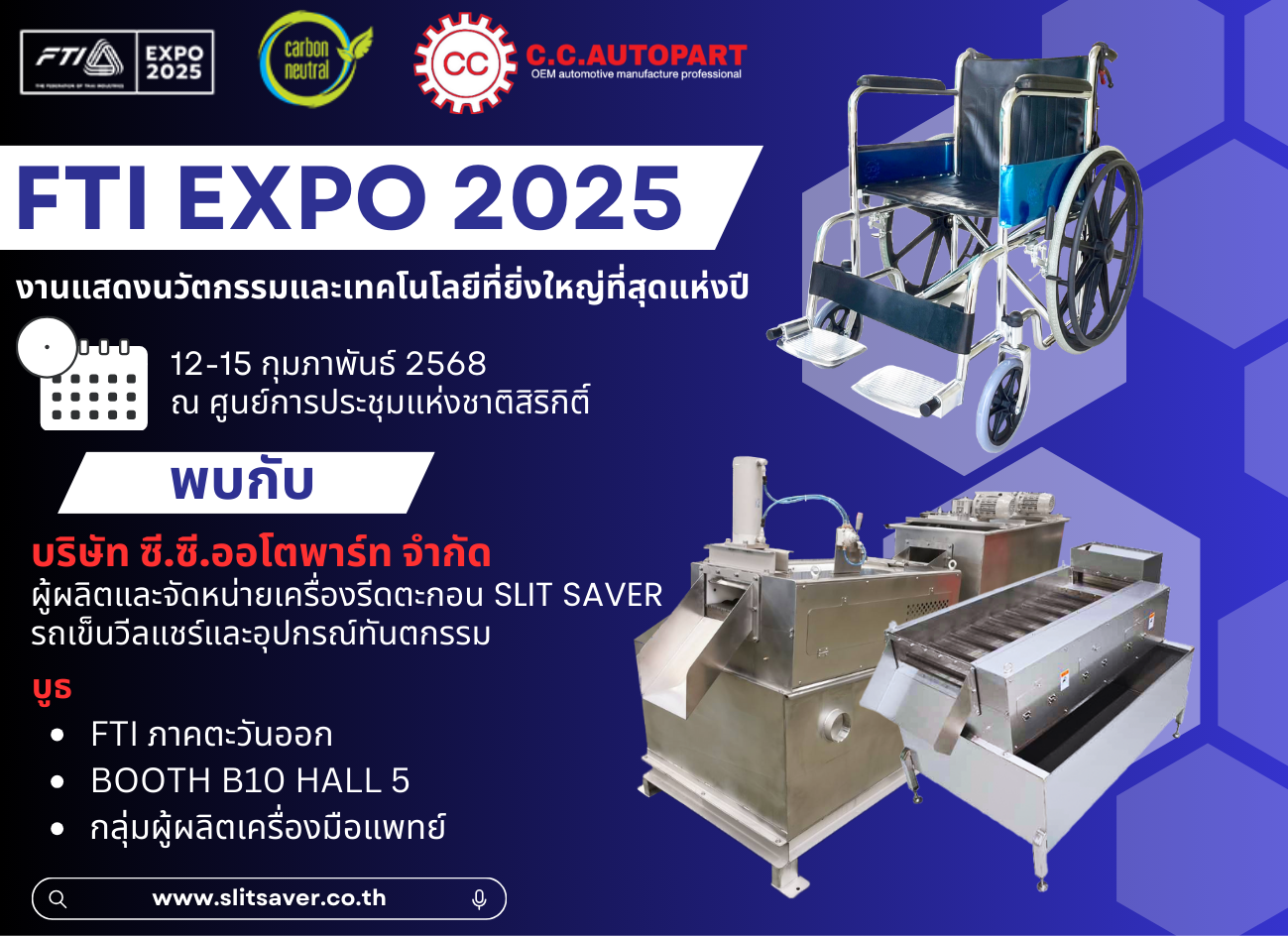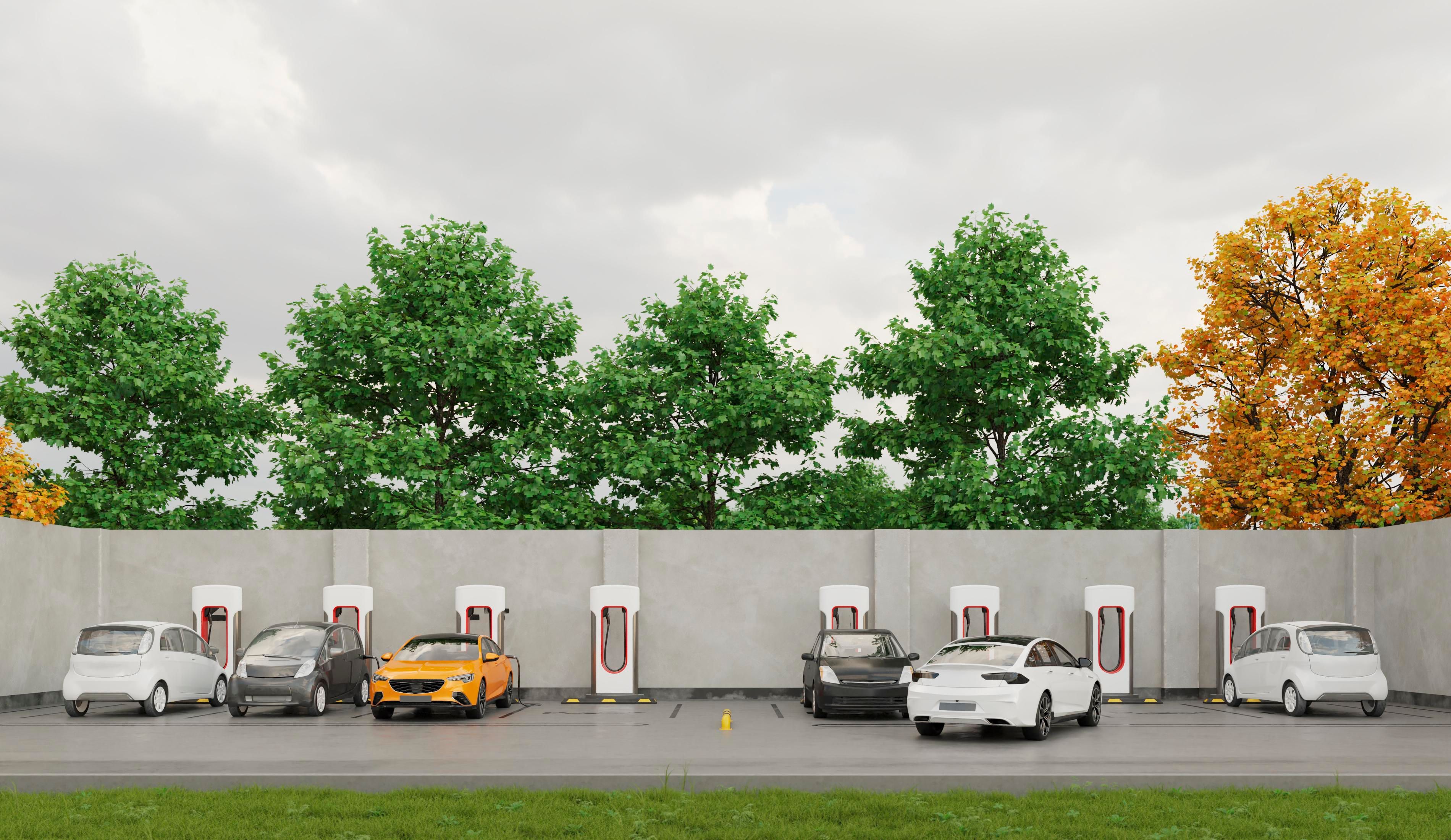How many types of sediment separators are there and what are they?

In the current situation where there are many industrial plants, no matter where you go, in which province, there are usually industrial plants in various locations. There are also many of them, even in small communities. Therefore, a “wastewater treatment system” is something that every industrial plant must have in order to treat wastewater before releasing it into the wastewater source. And if there is no wastewater treatment system, it may result in problems or impacts on the environment and nearby communities.

For this reason, “sludge separators” are very important in wastewater treatment systems of industrial plants because they are tools that can continuously remove sludge, which will produce a relatively large amount of “dry sludge (Sludge Cake). The principle and efficiency of the sludge separator depend on the type of sludge separator that the industrial plant chooses to use.
But if anyone still doesn't know how many types of sediment separators there are? And what are they? In this article, there are answers!
What is a sediment separator?
Before getting to know the types of sediment separators, we must first get to know the “sediment separator” and how it helps the wastewater treatment system.
Sediment separators or Screw Press are machines that help separate water from sediments or machines in the wastewater treatment system. The system works by separating water from sediments. Normally, no matter which wastewater treatment method is used, sediments will be created during the wastewater treatment process. Therefore, sediments must be removed from the system to be disposed of in a proper and appropriate manner. The process of separating water from sediments can be divided into 2 systems as follows:
-Using a sedimentation dragging bed
Using a sedimentation dragging bed (Sand Drying Bed), which is a process of removing sediment by sending water contaminated with sediment into the sedimentation drying bed. This process does not use any machinery to help, but it is necessary to have a large enough area because this method requires a lot of space and takes a long time to do. It may also result in odor problems because the sedimentation dragging bed is an open system, which may cause problems in controlling odors.
-Using machinery to help
This method is to separate water from sediment by using machinery such as "sediment separators" to help separate sediment in wastewater treatment systems. Currently, sediment separators are very popular and widely used in industrial plants and wastewater treatment at the community level.
How many types of sediment separators are there?
There are 4 types of sediment separators, each with different working methods and features, including:
1. Filter Press
Filter Press is a sediment separator that uses the principle of separating solids and liquids by using a filter bag. The Filter Press will pump the sediment into the filter bag. Then, the Hydraulic system will be used to compress the filter bag. Then, the sediment in the filter bag will flow out until only the sludge cake is left in the filter bag. The Filter Press will use high pressure of 5-16 Bar to get dry sediment. When the desired dry sediment is obtained, the filter bag must be opened to remove the dry sediment and then sent for disposal in the next step.
Advantages: Can separate sludge or sediment from water that is more than 40% dry.
Disadvantages: It works in cycles, making it inconsistent. And sharp objects, solids, or gravel must not be mixed in the sediment.
2. Belt Press separator
The Belt Press separator is a separator that separates water from sediment using the pressure generated by a bridge belt stretched on a roller. The sediment water is pumped and sent to the belt. After that, the sediment water flows out through the pores of the belt by gravity. As the belt moves through the smaller rollers, the sediment distributed on the belt is pressed dry. However, the degree of dryness of the sediment to be obtained depends on the type and type of sediment.
Advantages: Automatic system, so it can work continuously.
Disadvantages: Requires an expert to control the operation of the machine, Not suitable for wastewater treatment systems with fat, Wastes water because a large amount of water is used, There are limitations in the use in the process of separating waste from water with high concentration, The belt has a short lifespan, so it must be maintained and changed more often than other types.
3. Decanter Press
Decanter Press is also known as Decanter Centrifuges. It is a separator that uses centrifugal force. Centrifugal force causes sediments that are heavier than water to be thrown away from the center. The broom blades then sweep the separated sediments to the discharge point, while the water flows in the other direction. This type of separator uses a high-powered motor to create enough centrifugal force to separate the sediments from the water.
Advantages: The machine is small, does not require a lot of space to operate, is a closed sedimentation system, which can control odor problems, can work continuously because it is an automatic system.
Disadvantages: High price, cannot separate light sediments, uses a lot of energy, is loud, has high vibrations.
4. Screw Press sediment separator
Screw Press sediment separator is a sediment separation technology that can separate various types of sediment, such as sediment from biological wastewater treatment systems or sediment from chemical wastewater treatment systems. This type of sediment separator works by using a “sediment water movement” system, using a screw or pin to move the sediment through a set of Moving and Fixed Rings, allowing water to separate from the sediment through small gaps.
This working system will help prevent clogging of the Screw Press sediment separator because the sediment will move continuously to gradually squeeze out the water according to the size of the gaps until it dries up, becoming dry sediment. In addition, the Screw Press sediment separator is also equipped with a “sediment preparation tank” to allow the sediment to coagulate before being sent to the separator, allowing this type of sediment separator to separate sediment with very high concentrations.
Advantages: Can receive various concentrations of sediment, No need to install a thickening tank, Can be used continuously because it is an automatic system, Small size, saving space, Low energy consumption, Quiet, Requires little maintenance, Closed system, can control the problem of odor disturbance.
Disadvantages: No disadvantages
When comparing the 4 types of sediment separators, it can be seen that the Screw Press sediment separator has fewer disadvantages than other types of sediment separators, whether in terms of features, operating systems, and easy-to-use methods. It can also work continuously for 24 hours, making the Screw Press sediment separator the most popular sediment separator among all types of sediment separators.
Therefore, the selection of a sediment separator must be considered based on the type and size of the industrial plant, as well as the purpose of use and desired results. However, the most important thing is to choose a sediment separator that is manufactured from a quality, reliable factory.
For example, the Slit Saver sediment separator from C.C.Autopart uses Japanese technology to help produce sediment separators for use in wastewater treatment systems. Our Slit Saver sediment separators can clean themselves, are small, do not take up installation space, are rust-free, have no noise or vibration, and also help save production costs.
With over 60 years of experience in the environmental business from Japan, a customer base in more than 16 countries, sales of more than 1,500 units worldwide, and the quality of C.C.Autopart's machinery, you can be sure that all customers will receive only the best technology and innovations to create the highest results and efficiency for the wastewater treatment system.


